Photo by Carol Thomas
Chaparral Prairie
Chaparral Prairie: A 130-acre State Nature Preserve located in Adams County, Ohio. The Arc of Appalachia, with the help of Clean Ohio funding, expanded the State Nature Preserve with a 60-acre purchase in 2015, bringing the total preserve size to 130 acres. Although the Arc still owns the 60 acres, the State manages it as an extension of the Chaparral State Nature Preserve. Chaparral Prairie offers three loop hiking trails and one spur trail, totaling 1.6 miles. The highest variety of prairie flowers can be seen during the first three weeks of August. To catch Chaparral Prairie’s signature floral showcase, however, plan your visit in the very first days of August to witness the outstanding seasonal spectacle of dense blazing stars (Liatris spicata) in bloom.
Hiking: Sunrise to Sunset
Address: 209 Hawk Hill Rd, West Union, OH 45693
Download and Go! - Hiking Guide and More Information
A dog owner's guide to hiking the Arc of Appalachia

Blazing-Star - Photo by Jeff White
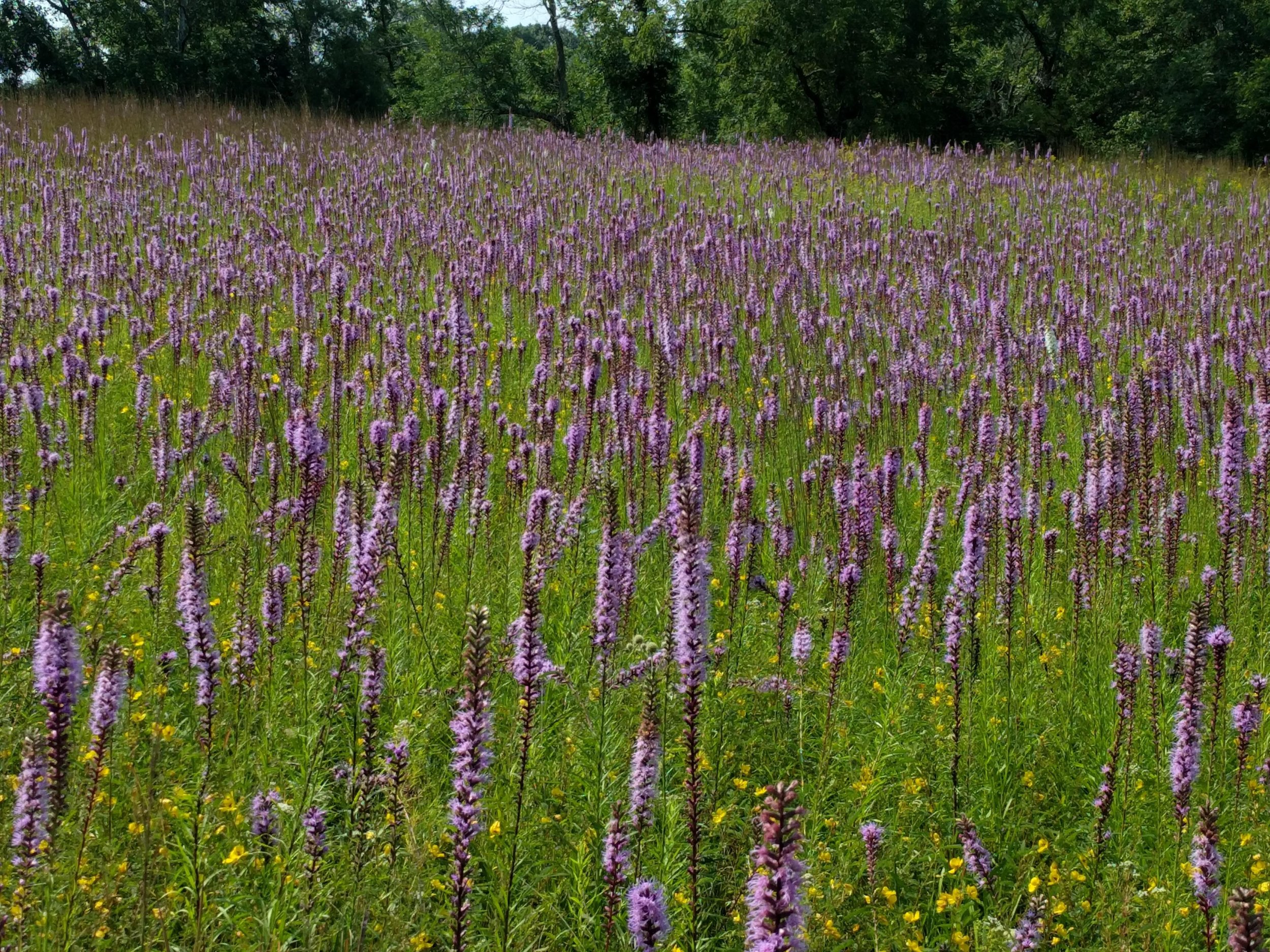
Field of Blazing-Star - Photo by Stan Sells
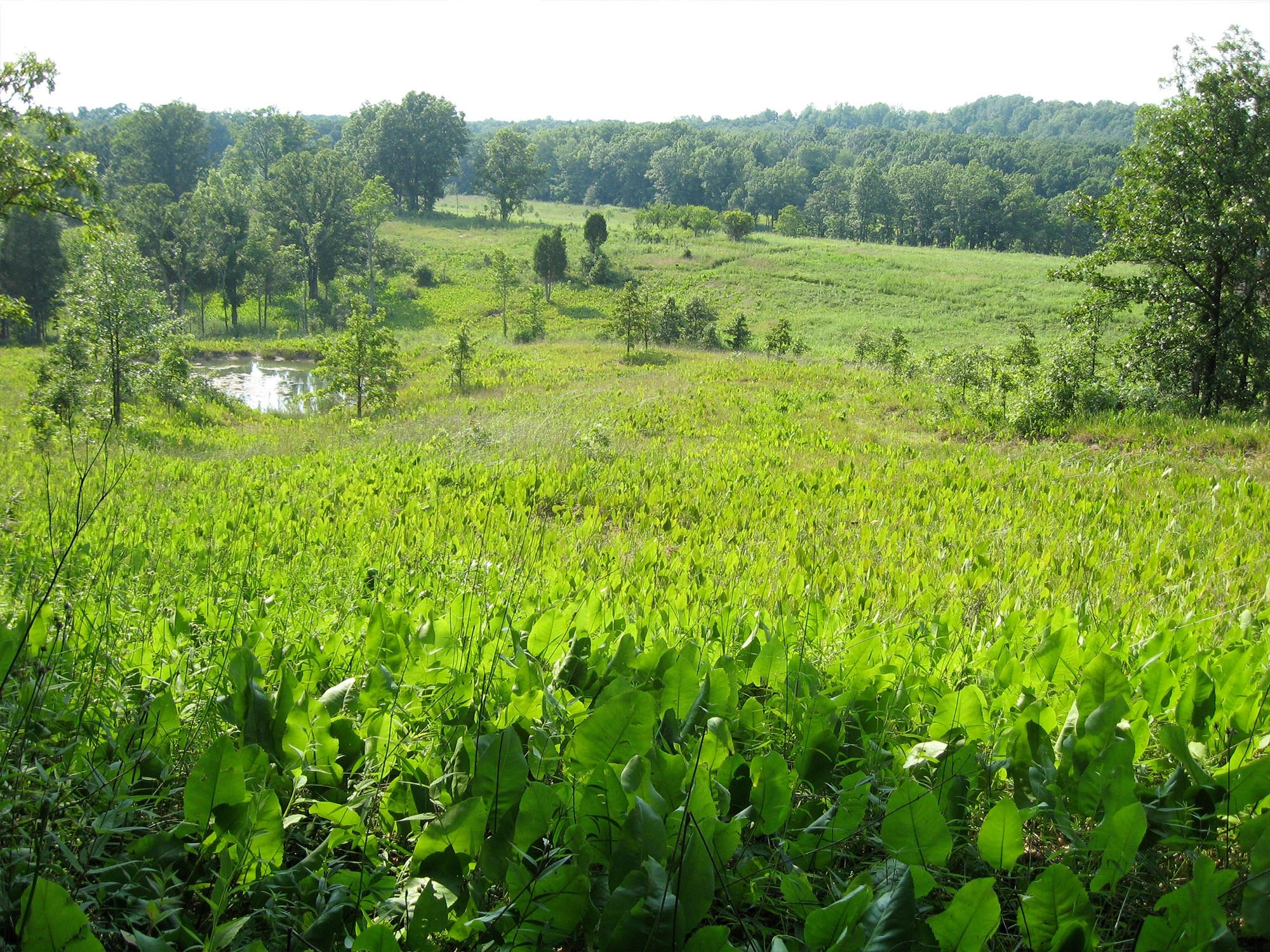
Prairie Dock
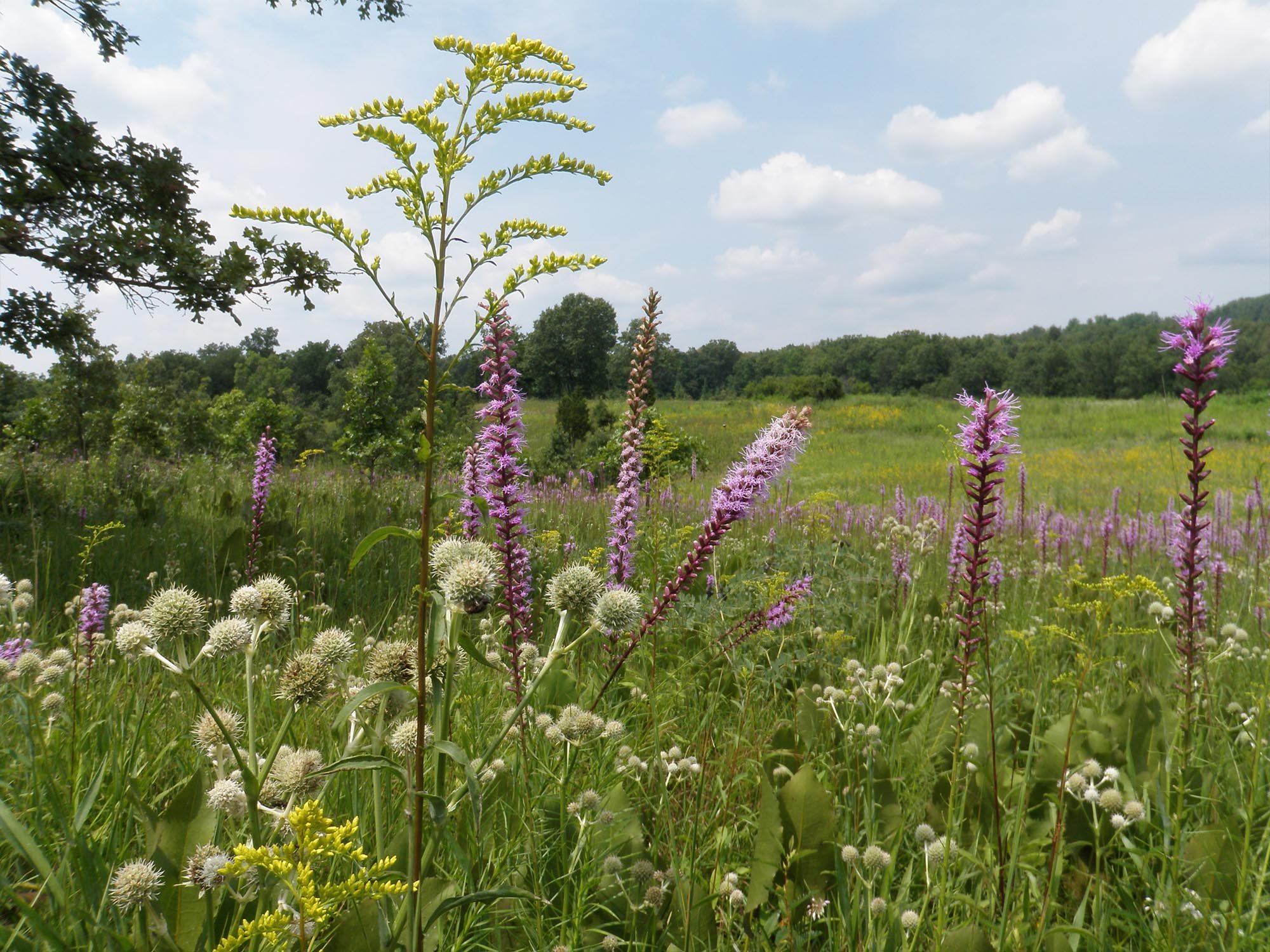
Chaparral has the most extensive population of rattlesnake-master in the state - Photo by Martin McCallister
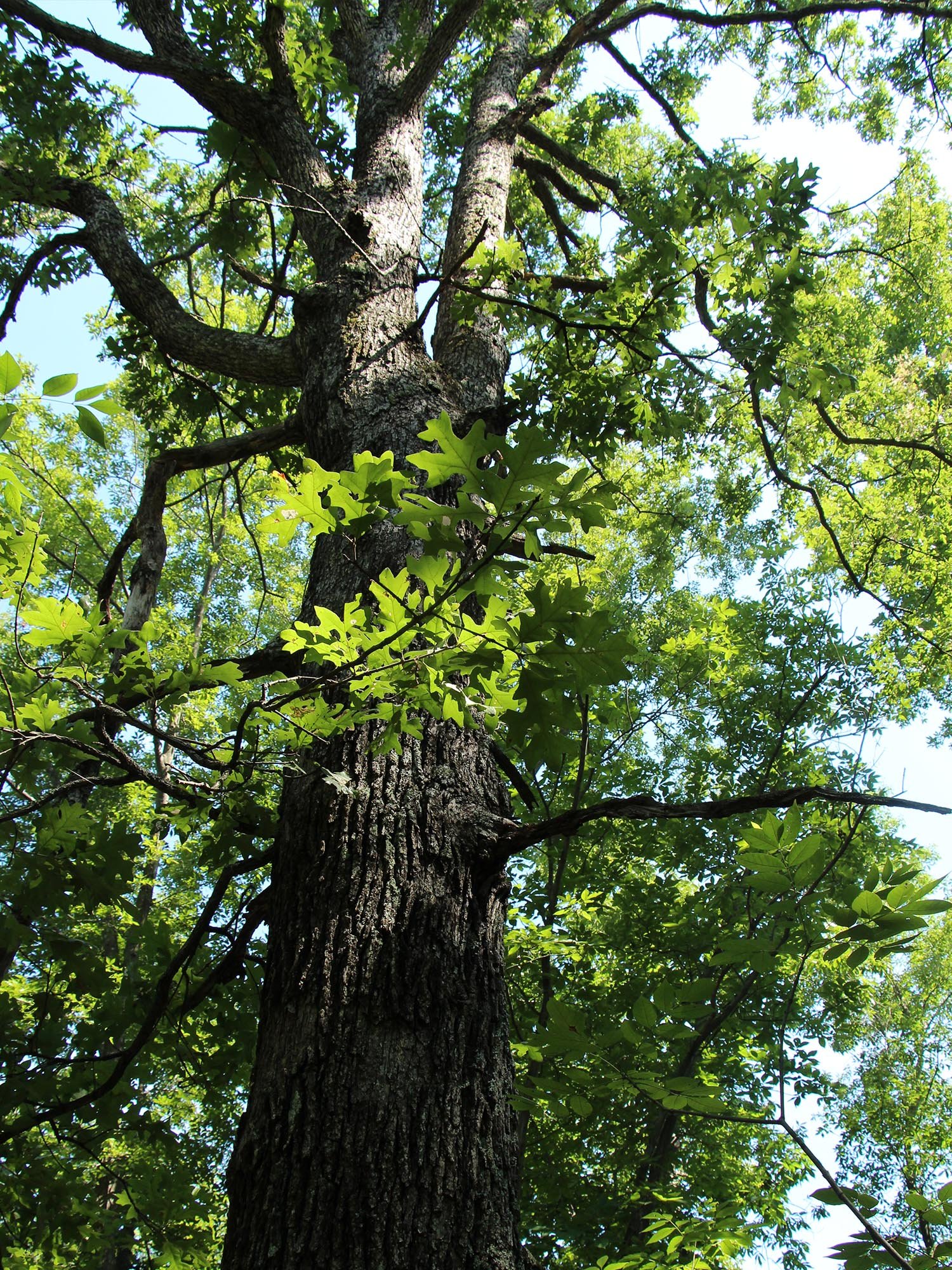
Post Oaks are scattered throughout the preserve
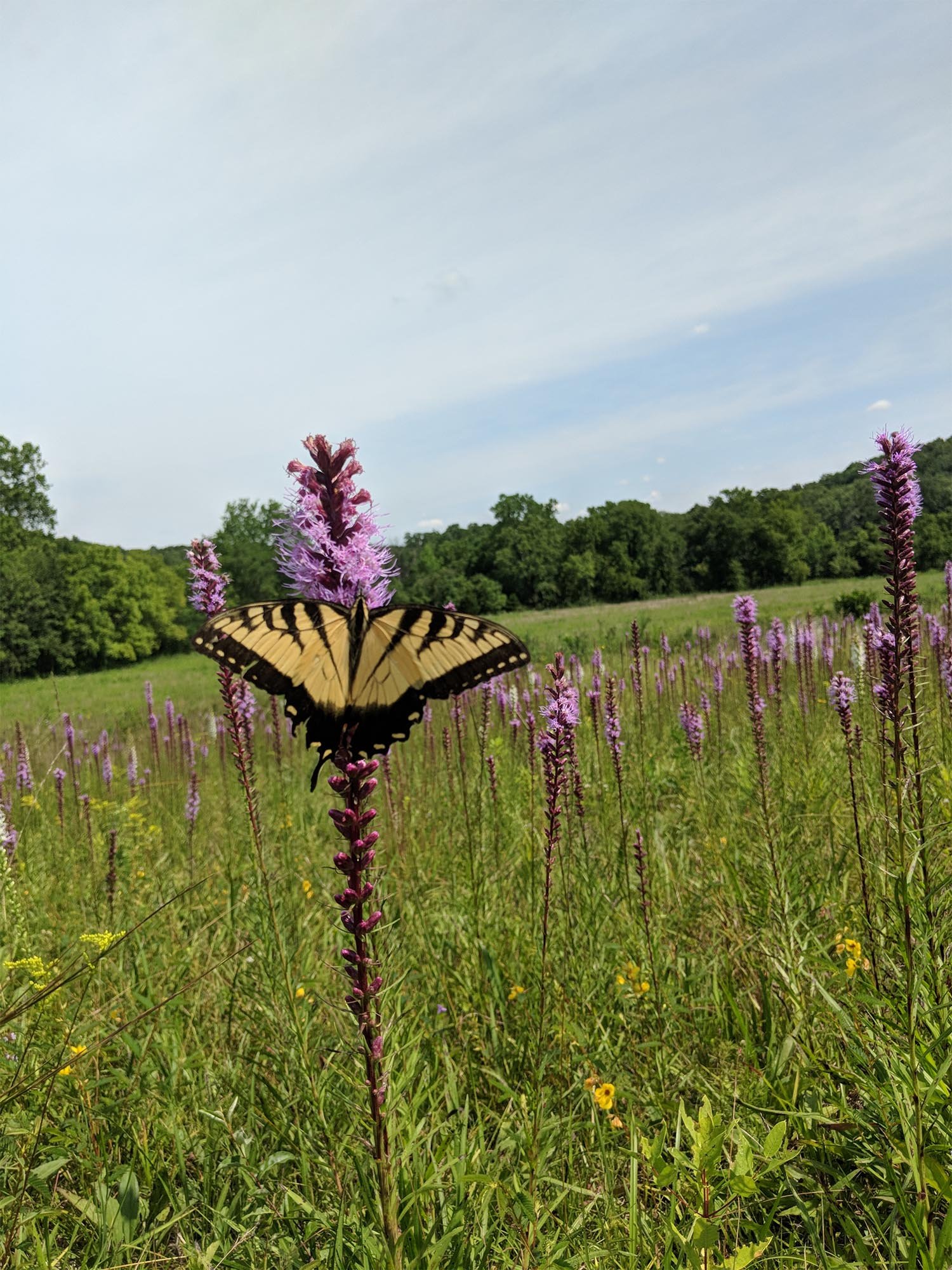
With the amount of summer wildflowers at Chaparral Prairie, there is an abundance of butterflies! - photo by Carol Thomas
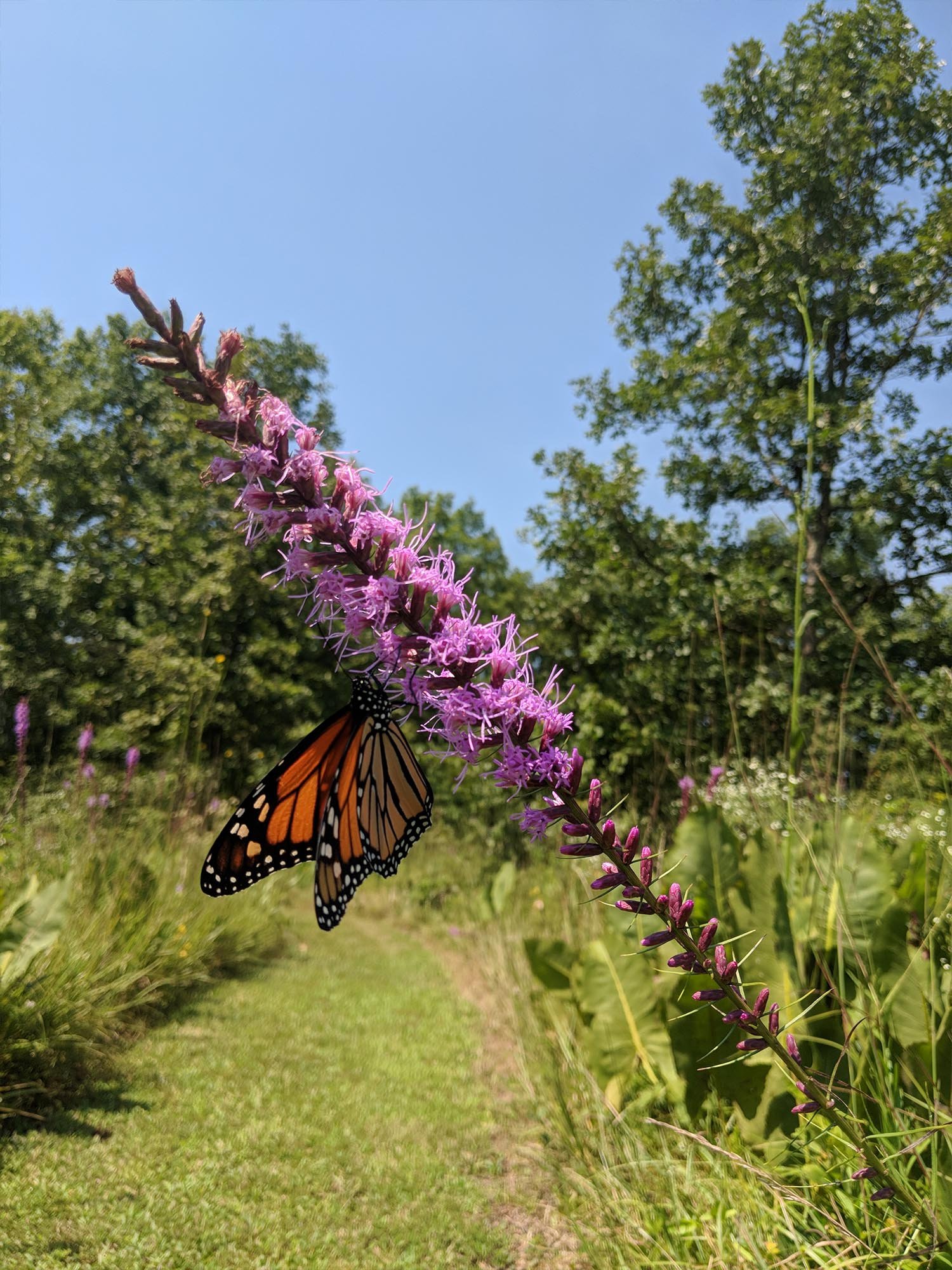
Monarch Butterfly on Blazing Star - Photo by Carol Thomas
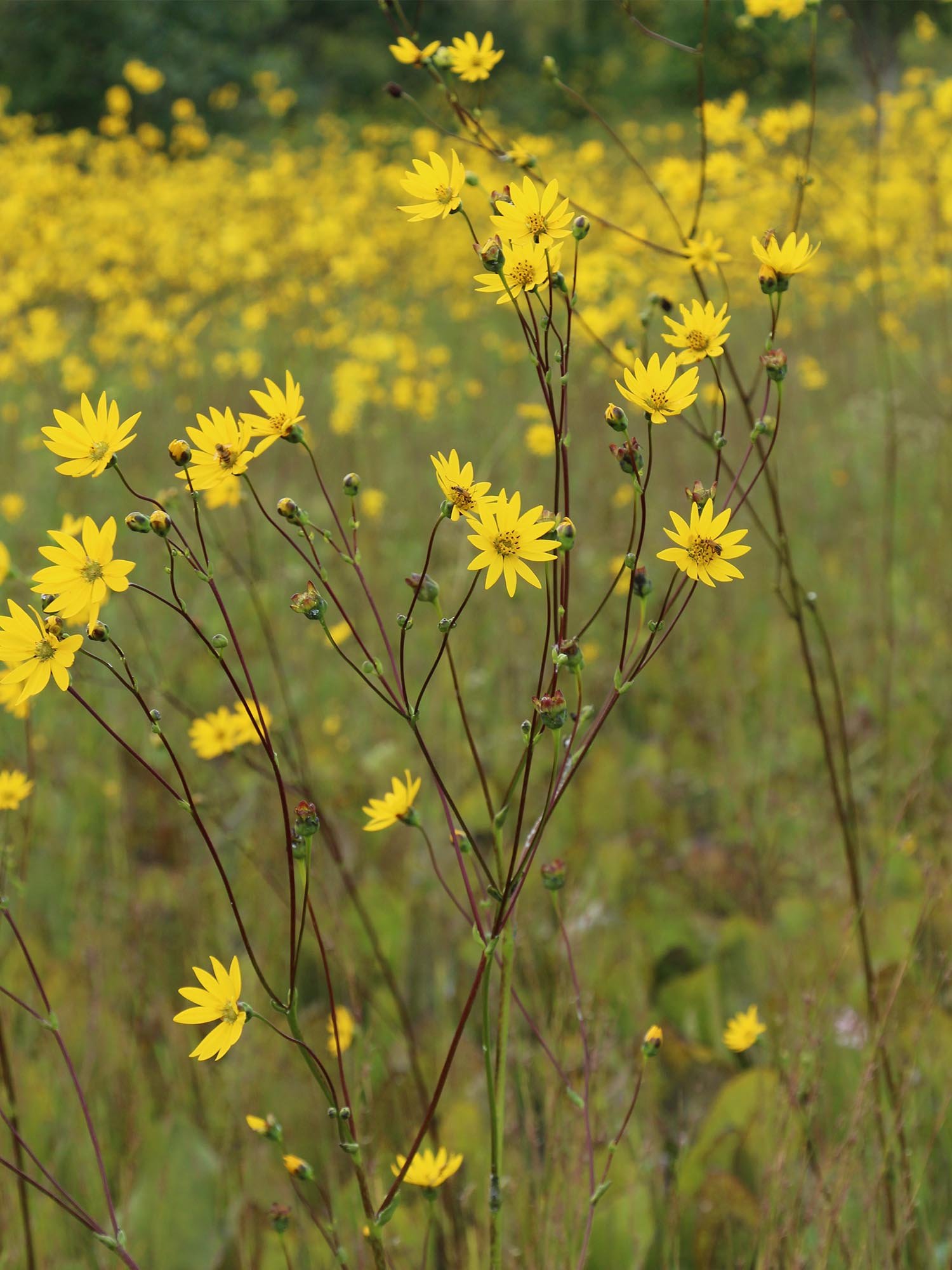
Prairie Dock Blooming
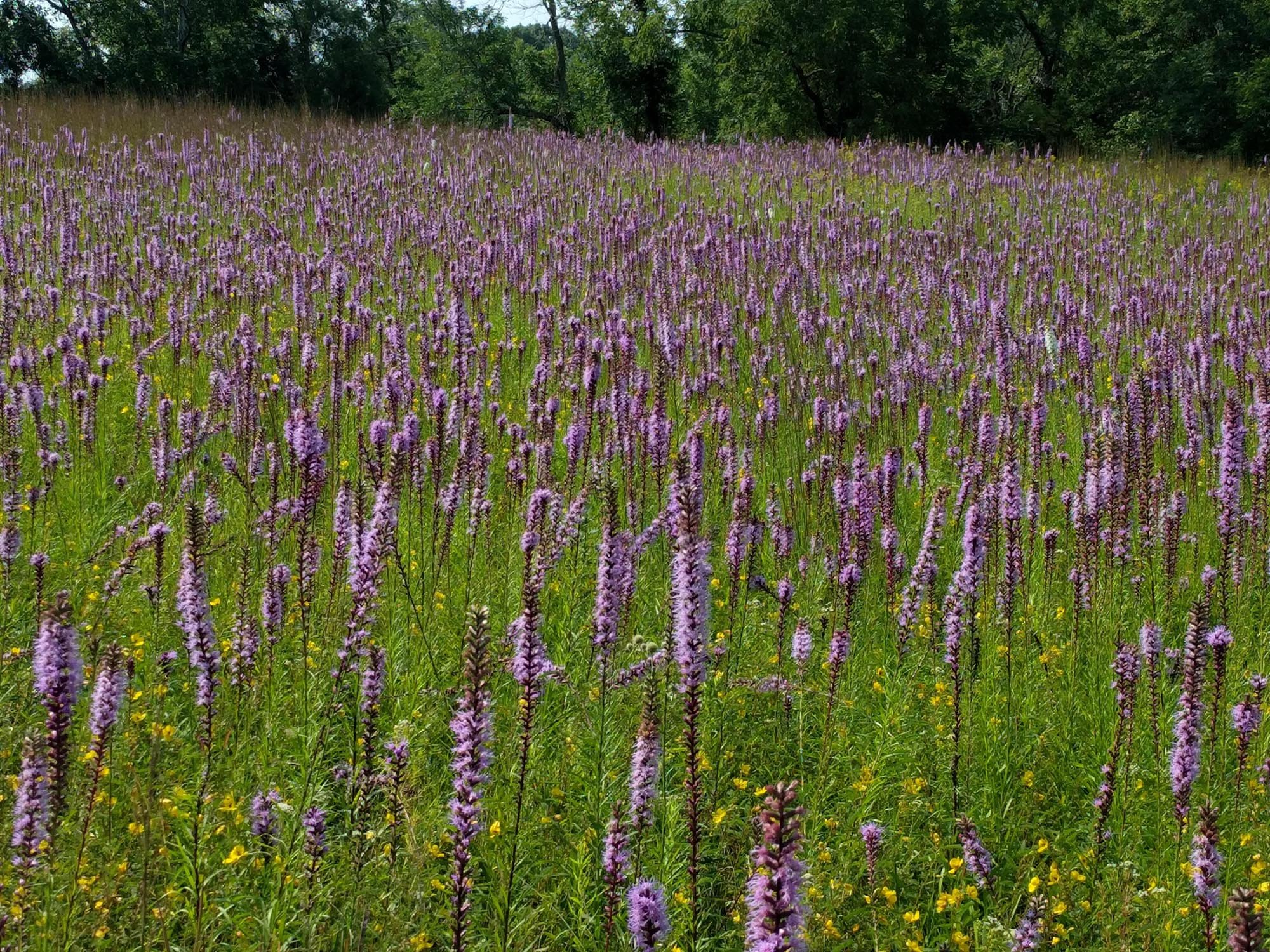
Field of Blazing-Star - Photo by Stan Sells
Natural History
Chaparral Prairie protects the a rare short-grass prairie, an assemblage of plants that grows along the western front of the Appalachians that is distinct from the Midwestern tallgrass prairies and shortgrass prairies further west. Eastern prairies are usually associated with Eastern Red Cedars, also known as Juniper trees, and together they are often referred to as Cedar Barrens or alkaline shortgrass prairies. These prairies are always rare and, with only a few exceptions, usually growing in thin soils above limestone or dolomite in what is commonly referred to as the bluegrass regions of the Eastern United States. Note that Chaparral is a rare exception in that its bedrock is shale. Geographically, most Cedar Barrens are scattered between Adams County Ohio and Tennessee. They typically boast a high proportion of wildflowers to grasses, a fact which contributes to their signature showy floral displays in late summer. Little bluestem is the dominant prairie grass at Chaparral, but a few tall grasses tower above the others, including Indian grass (Sorhastrum nutans) and big bluestem (Andropogon gerardi), both of which can easily reach 8 feet in height.
Another signature plant species at Chaparral Prairie is rattlesnake master (Eryngium yuccifolium). The preserve has an impressive population of rattlesnake masters - estimated as many as 10,000 individual plants. Rattlesnake Master’s charismatic globe-like flowers attract swarms of small pollinators and are extremely photogenic. Other rare plants include spider milkweed, prairie false indigo, pink millwork, and bluehearts. With the abundance of summer wildflowers, Chaparral Prairie is a high number of butterflies and moths. Several rare Lepidoptera species have been found in the preserve including Edward's hairstreak, Olive hairstreak butterflies, and the Unexpected Cycnia moth.
Nearly all of the East’s original Cedar Barrens have been destroyed in the last two hundred years by plowing and grazing. The few prairie remnants that have survived these perils shelter many rare plants that can be found in no other habitat. Chaparral Prairie, for instance, boasts an impressive 22 state-listed endangered plants. The preserve’s woodlands show the region’s prairie influence in that they not only contain white oaks and black oaks, which are common drought-tolerant trees in Ohio, but the preserve also has stately specimens of post oak (Quercus stellata). Post oaks are rare in Ohio and are especially adapted to dry, poor soils that are more common as you travel further west. Here at Chaparral, look for them on the woodland fringes of the prairie.
Preserve History
When 70-acre Chaparral Prairie was designated a state nature preserve in 1985, it was the first preserve ever acquired with state tax check-off funds. Prior to its purchase, the land had been developed as a farm and planted with non-native fescue and sweet clover. Staff with the Division restored the native prairie plant community through routine burns that activated the native prairie seed bed lying dormant in the soils. They laboriously removed hundreds of red cedars and white pines as well as non-native invasive species.
In 2014, the Arc of Appalachia, with the help of Clean Ohio funding, had the opportunity to nearly double the size of the protected prairie with a 60-acre purchase of adjacent land. Although the Arc still owns the land, it turned over its management to the Division of Natural Areas and dedicated the land as a state nature preserve, expanding the size of Chaparral State Nature Preserve to 130 acres.
Hiking Trails
Chaparral Prairie offers three loop hiking trails and one spur trail, totaling 1.6 miles. The highest variety of prairie flowers can be seen during the first three weeks of August. The Arc’s 60-acre addition to the preserve boasts the showiest populations of dense blazingstar (Liatris spicata), to be found anywhere in the state. When it is in peak bloom - usually the last days of July and the first week of August, the meadows are filled with bright purple-violet wands of flowers waving in the wind. Visitors should note that showcase blooms can vary from year to year.
Deeper Information
You may enjoy watching these videos of Chaparral Prairie, produced by Patrick Burns on footpathsblog.com.
https://footpathsblog.com/2021/11/07/chapparral-prairie-state-nature-preserve-west-union-ohio/

